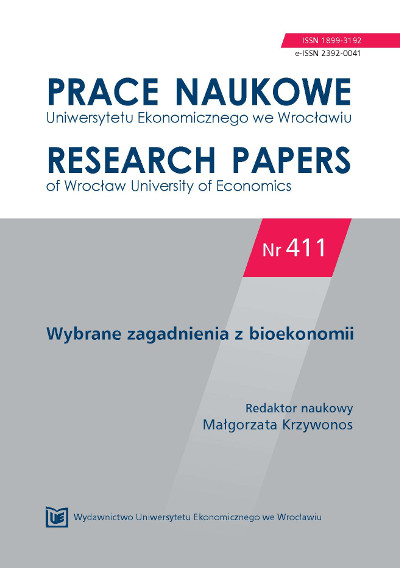Lipophilicity of lupeol semisynthetic derivates
Lipophilicity of lupeol semisynthetic derivates
Author(s): Magdalena Malinowska, Elżbieta Sikora, Jan OgonowskiSubject(s): Economy
Published by: Wydawnictwo Uniwersytetu Ekonomicznego we Wrocławiu
Keywords: lupeol esters; logP; therapeutic activity; structure
Summary/Abstract: Lupeol is a pentacyclic triterpene alcohol which shows various biological activity: antimicrobial, anticancer and antivirus. Moreover, the compound acts as antiswelling and antiinflammatory agent. Lupeol is extracted mainly from birch bark but it also occurs in marigold, mistletoe, yellow lupin seeds and black alder bark. Lipophilicity of the actives, determined by their solubility and oil-water partition coefficients, is the main factor influencing the substances penetration and their activity in in vivo conditions. The molecule lipophilicity corresponds to its behavior in biological structures, e.g. its penetration through membranes and skin. The knowledge of compound lipophilicity is widely used for predicting pharmacokinetics and pharmacodynamics of active substances as well as for determining toxicity of the exogenous molecules. The main goal of this research was to determine the character of the obtained semisynthetic lupeol derivatives through lipophilicity measuring. The octanol-water partition coefficient of the synthesized compounds was determined according to OECD Guidelines for the Testing of Chemicals, test No. 107 and calculated by used ACD Chemsketch programme.
Journal: Prace Naukowe Uniwersytetu Ekonomicznego we Wrocławiu
- Issue Year: 2015
- Issue No: 411
- Page Range: 97-103
- Page Count: 7
- Language: Polish

